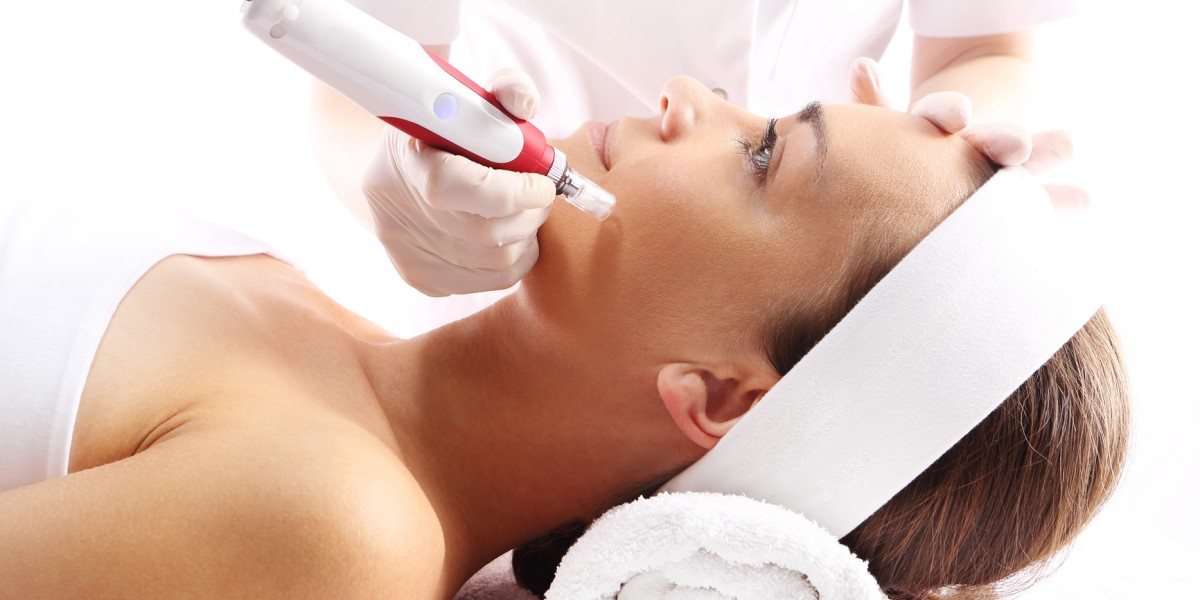What is Carboxy Therapy?
Carboxy treatment, also known as carbon dioxide treatment, is a minimally invasive cosmetic procedure that utilizes carbon dioxide (CO2) gas to improve the appearance of skin. In carboxy treatment, CO2 gas is injected subcutaneously using a very fine needle. The gas stimulates the production of collagen and elastin in the skin, which improves skin elasticity, reduces the appearance of cellulite, and diminishes wrinkles and skin laxity.
How Does it Work?
When CO2 gas is injected into the layers beneath the skin, it causes a weak inflammatory response. This response stimulates fibroblasts, the cells responsible for generating collagen and elastin. The extra collagen and elastin production leads to firmer, tighter skin overall.
Additionally, the injections improve blood circulation in the treated area. Better circulation enhances the delivery of oxygen and nutrients to skin cells, Carboxy Therapy promoting the natural replenishing and rebuilding of elastin and collagen. It can also flush out any toxins from problem areas, resulting in smoother skin.
Areas That Can Be Treated
Some of the most common areas treated with carboxy treatment include:
- Face - to reduce wrinkles, sagging skin, and visible signs of aging.
- Neck - to firm up skin and reduce wrinkles.
- Hands - to improve skin tone, reduce age spots, and soften pores and lines.
- Stomach - to diminish stretch marks and reduce the appearance of cellulite.
- Hips and thighs - to treat cellulite and contour profile.
- Buttocks - to firm and lift tissues for a rejuvenated appearance.
Essentially, any area of the body where skin has lost elasticity or tone can benefit from carboxy treatment treatments.
Treatment Process
A typical carboxy treatment session involves the following steps:
1. The skin in the treatment area is cleaned and sterilized. A thin-tipped needle is used to inject CO2 gas into the deep dermis and hypodermis skin layers, about 0.5 to 1 cm below the surface.
2. Multiple passes are made in the treatment area with the needle, and several bubbles of CO2 gas are deposited with each pass. The total amount of gas used depends on the size of the area being treated.
3. Immediately following injections, mild stinging, burning, or aching may occur in the treatment area. This discomfort subsides within a few minutes. Redness or minor swelling may also be present but dissipate quickly.
4. It usually takes 8-12 weekly treatments to achieve maximum results from a carboxy treatment series. The effects are cumulative, so improvements gradually become more noticeable with subsequent sessions. Touch-up treatments may be recommended periodically to maintain results.
In-Office vs. At-Home Treatments
While carboxy treatment is most commonly administered in a medical spa or dermatologist office setting, certain portable at-home devices have been developed for carboxy treatment as well.
In-office treatments offer these advantages:
- Deeper penetration of CO2 gas for more dramatic results.
- Treatments conducted by a trained medical professional.
- More precise injection technique to avoid discomfort or injury.
- Immediate results visible after each session.
At-home devices offer convenience but with some trade-offs:
- Shallower injection depth compared to in-office.
- Results may be less noticeable and take longer to achieve.
- Risk of improper technique without supervision.
- Ongoing supply costs of gas refills.
Overall, for best outcomes most experts recommend a full series of in-office carboxy treatments conducted by a licensed medical practitioner. At-home devices can be a less expensive supplemental option for touch-ups later on.
Is It Safe & Effective?
When performed by a qualified medical professional, carboxy treatment is considered very safe with minimal risks. The only mild side effects are potential short-term swelling, redness, or discomfort at the injection sites. No anesthesia is required.
Clinical studies show carboxy treatment to be effective for:
- Reducing fine lines and wrinkles up to 30-50%
- Diminishing cellulite levels up to 60-70%
- Lifting sagging skin on the face, neck, and other areas by 15-30%
- Firming loose or lax skin on areas like the stomach by up to 50%
Results last up to 18 months after a full treatment series depending on the individual and level of ongoing skin maintenance. Carboxy treatment is also non-invasive, lower risk, and costs less than alternatives like laser resurfacing or plastic surgery procedures. For these reasons it is steadily growing in popularity worldwide as an anti-aging skin treatment.
Get more insights on Carboxy Therapy



